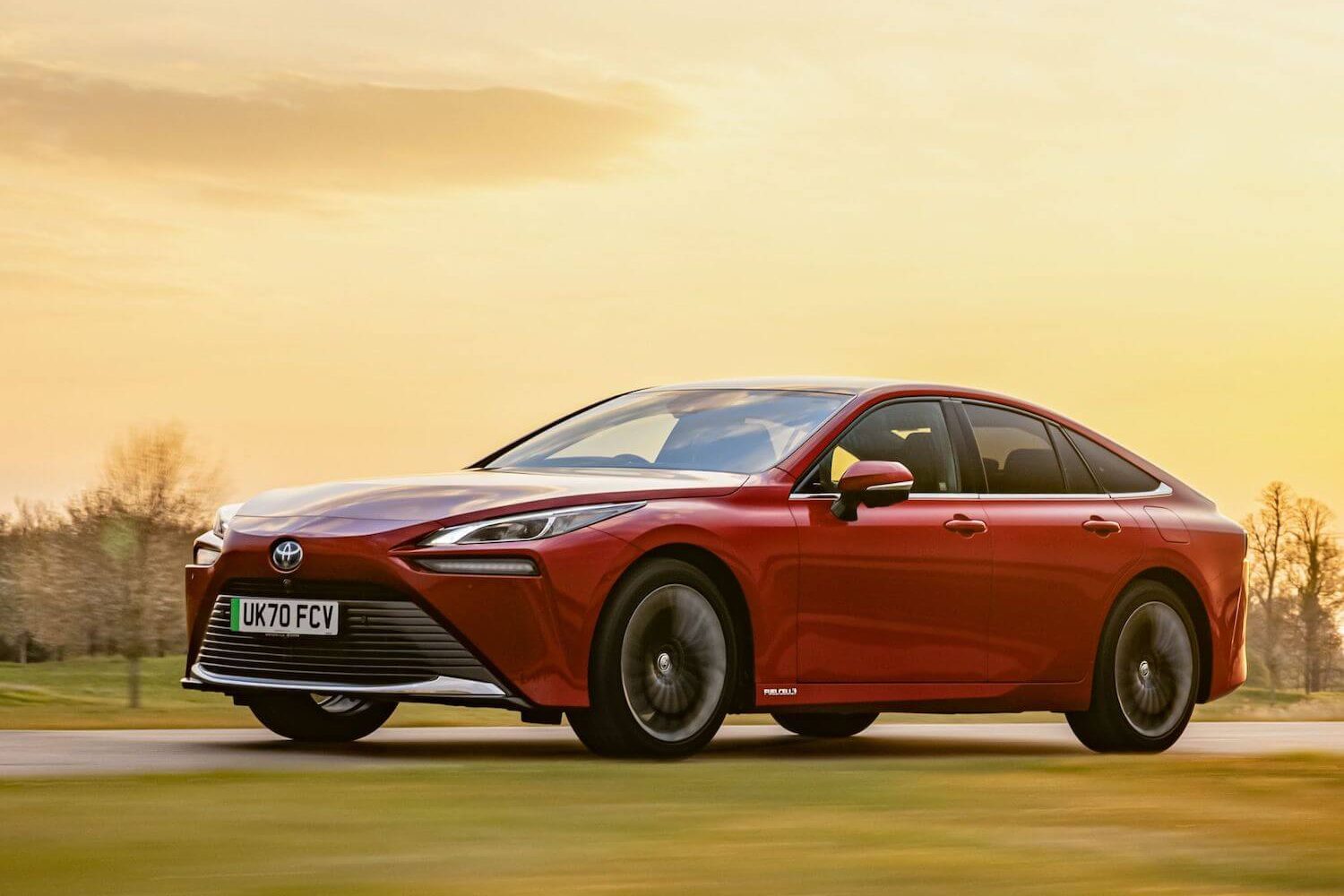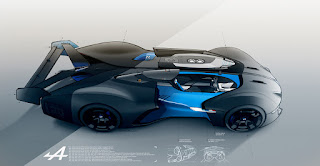Initial Research of Hydrogen Fuel-Cell Engine - Toyota Mirai
Image taken from:
- https://www.greencarguide.co.uk/car-reviews-and-road-tests/toyota-mirai-first-drive-review/
Sources cited from:
- Hunting, Benjamin. “2023 Toyota Mirai Review: Are Hydrogen Cars the Future?” InsideHook, 14 March 2023, https://www.insidehook.com/autos/review-2023-toyota-mirai-hydrogen-fuel-future/amp.
- Leow, Ju-Len. “Toyota's futuristic Mirai is still stuck in the future.” The Business Times, 23 December 2022, https://www.businesstimes.com.sg/lifestyle/toyotas-futuristic-mirai-still-stuck-future.
- Toyota. “2023 Toyota Mirai.” Toyota, https://www.toyota.com/mirai/
Thesis Statement
Cars that utilize hydrogen fuel-cell engines are not ready to be normalized on our roads currently. The cost of making hydrogen fuel-cell pumps is extremely hard to make due to the difficulty of storing hydrogen in a tank. Not only this, but the cost of making the fuel-cell pumps is extremely high as well, as the pumps utilize more complex parts. While the environment might be cleaner due to a waste product of just water, the reduction of petroleum usage benefits the environment as well, The cost and construction problems eventually outweigh these benefits.



Comments
Post a Comment